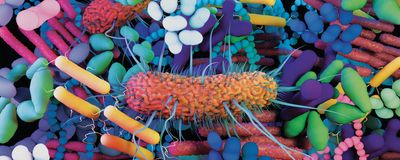parasites
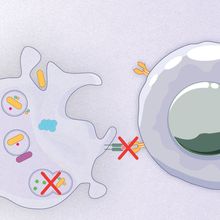
How to Get Away from the Immune System
Mariella Bodemeier Loayza Careaga, PhD | Dec 13, 2024 | 3 min read
From manipulating host molecules to concealing their presence in the host’s body, microbes employ a wide range of tactics to dodge immune detection.
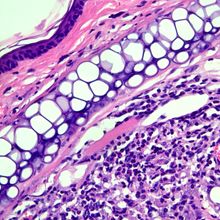
Learning About Pain from a Master Manipulator
Hannah Thomasy, PhD | May 1, 2024 | 2 min read
Leishmania parasites often cause puzzlingly painless lesions. Scientists are beginning to dig into the mechanisms underlying this pain-blocking effect.
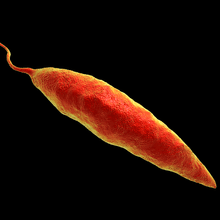
Survival of the Fittest Parasite
Laura Tran, PhD | Mar 1, 2024 | 2 min read
Ever the resourceful parasite, Leishmania co-opts a natural antibody from blood to breed.
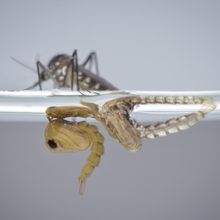
In Vitro Malaria Sporozoite Production May Lead to Cheaper Vaccines
Katherine Irving | Jan 20, 2023 | 4 min read
A method for culturing the infectious stage of the Plasmodium lifecycle could increase malaria vaccine production efficiency by tenfold, study authors say.

Toxoplasma-Infected Wolves More Likely to Lead Packs, Study Finds
Katherine Irving | Nov 29, 2022 | 3 min read
The parasite appears to make infected wolves less risk-averse, potentially influencing the behavior of packs.
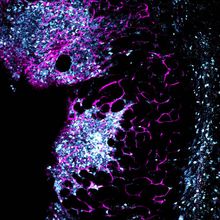
How Fat Cells Help Kick Parasites Out of Mice: Study
Natalia Mesa, PhD | Oct 14, 2022 | 3 min read
Immune cells get a lot of shine when it comes to fighting infection, but it turns out that fat might be just as important for removing parasitic invaders.
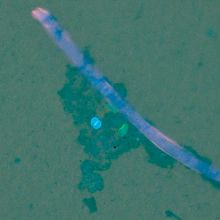
Microplastics in Seawater May Harbor Parasites
Christie Wilcox, PhD | Apr 26, 2022 | 2 min read
Laboratory experiments find that Toxoplasma, Cryptosporidium, and Giardia can congregate on microplastic beads and fibers, suggesting they might make their way into and around the world’s oceans by hitching rides on tiny bits of trash.
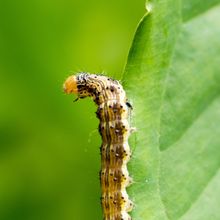
Virus Alters Caterpillars’ Vision to Trick Them into Climbing
Alejandra Manjarrez, PhD | Mar 25, 2022 | 4 min read
A study finds that a baculovirus that infects cotton bollworm larvae changes the expression of genes involved in light perception, driving them to seek heights that could favor viral transmission.

WHO Scientist Mwele Malecela Dies at 59
Pradip Chatterjee | Mar 4, 2022 | 3 min read
Her achievements included developing a roadmap to tackle neglected tropical diseases.
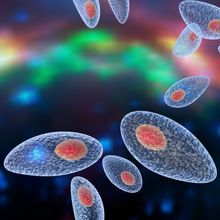
Turning Toxoplasma Against Cancer
Annie Melchor | Jan 3, 2022 | 9 min read
Several research groups have found that Toxoplasma gondii infection can ramp up antitumor immune responses in mice. Can the single-cell parasite be used to develop safe treatments for humans?
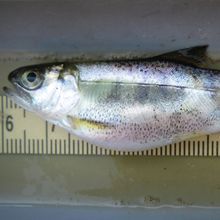
A “Climate Catastrophe”: Western US Salmon on the Brink
Lisa Winter | Jul 27, 2021 | 2 min read
A recent sampling from two California streams found nearly all juvenile salmon were infected with deadly parasites, and conditions are expected to worsen.
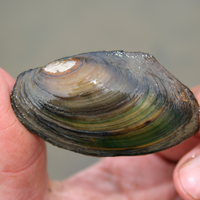
Conservation Biologists May Unintentionally Spread Pathogens
Amanda Heidt | Apr 19, 2021 | 5 min read
When conservationists relocate species, they don’t always account for the pathogens hitching a ride, and the consequences of introducing them to a new environment.

Chelsea Wood Tracks Parasites Around the World
Amanda Heidt | Nov 1, 2020 | 3 min read
The University of Washington parasite ecologist aims to understand how humans have changed the diversity and abundance of the enigmatic and misunderstood organisms.
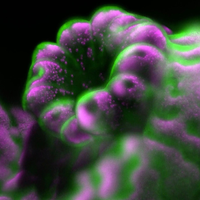
Image of the Day: Microscopic Creatures
Emily Makowski | Dec 12, 2019 | 1 min read
View the top three winners of this year’s Nikon Small World in Motion Competition.
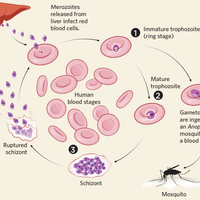
Infographic: Fighting Malaria Drug Resistance
Natalie Slivinski | Mar 1, 2019 | 2 min read
The parasite that causes malaria has evolved to evade many of the drugs that researchers have developed to fight the tropical disease.

Flower Preservation, 1916
Catherine Offord | Feb 1, 2019 | 3 min read
James Kirkham Ramsbottom saved Britain’s daffodil industry from a devastating parasite, only to be forgotten.
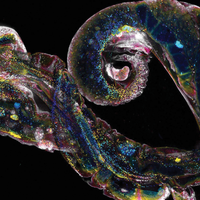
Caught on Camera
The Scientist | Dec 1, 2018 | 1 min read
Selected Images of the Day from the-scientist.com
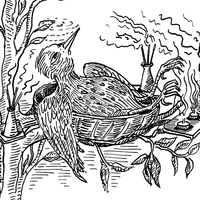
Nest Herbs Encourage Starling Parents to Incubate Their Eggs
Ashley Yeager | Sep 1, 2018 | 4 min read
The presence of aromatic greens in with other building materials increased the time birds sat on their eggs, improving the health of the hatchlings.

Image of the Day: Medicinal Millipedes
Sukanya Charuchandra | Jul 31, 2018 | 1 min read
Certain lemurs in the forests of Madagascar eat millipedes to protect themselves from parasitic infections of the gut.
